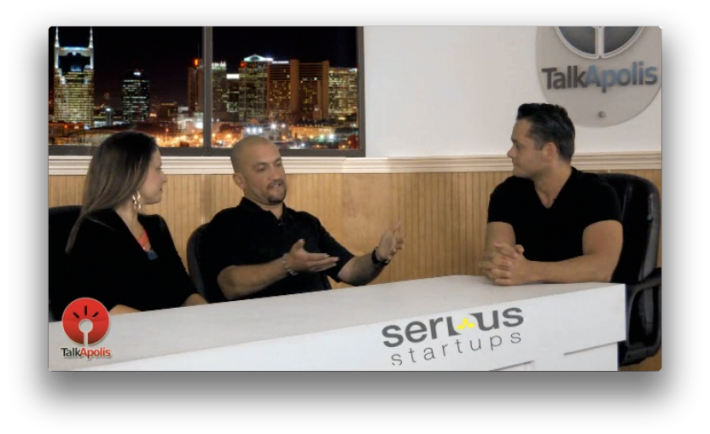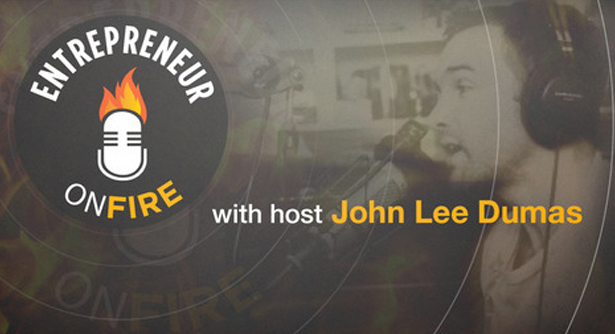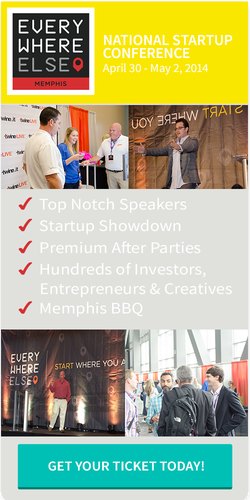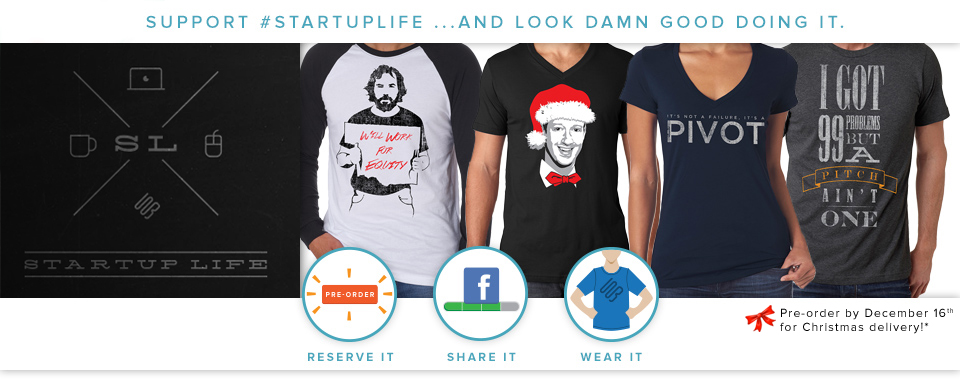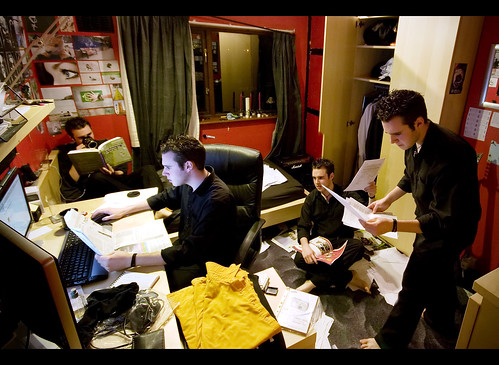
Editor’s Note: This is part 1 of 2 part series from entrepreneur Matt Goldman. Read part on the great lessons from 2013 tomorrow.
This year has been a whirlwind.
Diving headfirst into the SaaS world is a roller coaster ride like no other, a constant fluctuation of peaks and valleys, mini successes and epic failures. And, when all is said and done, an invaluable string of lessons to carry on to the next ride.
This year Joelle (my girlfriend/business partner) and I have made the life-changing leap from 9-to-5ers to full-time entrepreneurs.
We’ve grown a little audience of our own, talked to our heroes, learned from our peers, launched a product…and then another one, met some amazing people, and perhaps most important of all, discovered a new lifestyle we didn’t think was possible before.And in doing so we’ve naturally made a ton of mistakes along the way.
While we’ve written plenty about micro-lessons we’ve learned throughout the year, here are some of the bigger ones we’ve learned. My hope is that there are a few nuggets in here you can take with you on your next trip around the track.
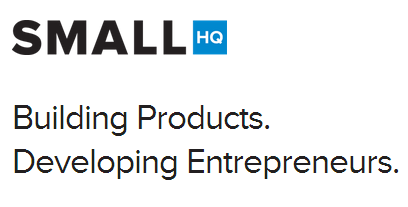
Product Takes a Long-Ass Time. Plan Accordingly.
We started in March, whipped up two landing pages, and got to work building out some ideas. Surely, we’d launch the products within a few months, and then make a ton of money, right?
Wrong. This was what actually happened:
- April 8: Minimalytics Teaser Page
- April 29: HookFeed Teaser Page
- August 21: First Minimalytics Beta Tester
- **HookFeed pivoted to focus entirely on Stripe Notifications in a Live Stream
- October 24: First HookFeed Beta Tester
- **HookFeed pivoted to focus on Stripe Email Alerts and Daily/Weekly Summaries
- December 17: HookFeed Launched
So it’s been just over 9 months and we’ve only “launched” one of our products. Minimalytics is still in beta and needs significant development before it’s ready for prime-time. We overcomplicated things and are working on returning to our Minimal promise
Even though we’ve launched HookFeed to the public now, it will take several months before it is generating anywhere near enough revenue to cover two salaries entirely.
Luckily, we started with a longer runway than we thought we needed. You should set aside cash to fund at least 1 year to become profitable.
If you’re one of the folks who thinks you’ll have a profitable product in a few months (I sure did), then this bit is important. Listen up:
Your product will not make as much as you think, as soon as you think. Be ready for that.
We Spread Ourselves Thin
Nearly every experienced entrepreneur we’ve Skyped with has ended our conversation with, “Why the hell are you building two products? Focus on one.”
Every time we heard this advice, we said, “Yeah, Yeah…I guess it’s just a lesson we need to learn on our own. We want both products for ourselves, so we’re going to build both.”
Many great things have come of building two products at once (which I’ll touch on in a bit), but it has also increased our time to market on both products, increased our cash-burned, and slowed our learnings/pivots.
That being said, if I could press rewind and go back to March, I’d do it all the same. However, I would have paid more attention to the feedback we were getting from people smarter than us.
Juggling two products is really hard. Marketing two products and building one-at-a-time is much more attainable.
We Let Client Work Steal Our Focus
Although we started with the dream of never working for anyone again, whether they were a boss or a number of clients…I was approached by a retail chain seeking an overhaul of their various websites.
When Joelle came to work with me, we realized we could use an extension to our runway, and we signed a 4-month contract to rebuild their entire web presence. Luckily, I had just read Brennan’s book and ventured out of my comfort zone to charge about 5x what I would have normally charged. They accepted, and ended up being a great client. Our contract ended in July, but we made the decision to stay onboard for monthly work.
Up until July, we were spending about half of our time on client work, and that was enough to nearly derail our product efforts. Since then, we’ve been able to balance the two much better.
Our advice for product people taking client work:
- Don’t turn it away if it’s a good deal. Run if it’s a bad deal.
- Charge 3-5x what you normally do. Read Brennan’s book.
- Don’t bill hourly. Bill daily, weekly, monthly, or preferably per project.
- Group client hours together so you can spend chunks of time building and marketing your product(s).
We Had No Sense of Urgency
When you have a long runway, and don’t fully understand how much time/effort it takes to get a successful software product off the ground, it’s easy to squander valuable time.
That’s not to say that you should be spending every waking hour on your work, but rather that the hours you dedicate to work (which can be reasonable) need to be fully devoted to work.
We’re making changes starting this week, and actually setting working hours (gasp!). When you leave a full-time job and discover the freedom of working solo, you tend to resist any process that you dealt with at your prior job. One of those is set working hours.
In the past, I would wake up around 5-6am and “work” until about midnight. But throughout the day, I would go out for food, go visit Tiny Factory and chat it up, play the occasional video game, or go on cleaning sprees to avoid exerting any effort on the not-so-fun bits of work.
In the future, I’ll still be waking around 5am, but focusing harder and actually working during my brightest time of the day. Then working out, then eating lunch, then back to work, stopping no later than 6pm.
More of an effort will go towards writing and coding the tough stuff in the early morning, and handling the lighter tasks in the afternoon. Possibly over a beer.
I wasn’t sure how this would feel, but I tried it yesterday and it was amazing. Having no burden at 6pm sent a few questions through my head, “What books could I read?” “What should I cook for Joelle?” “Who should we hang out with this week?”
All good things that got neglected over the past year.

We Spent too Much Time Together
When you live and work with your girlfriend, you see a lot of one another. We’re pretty used to this since we actually met at work at our last job. But it still takes its toll.
We’ve found that we are each most productive when we’re alone, and even better, out of the house.
My most productive time is:
- At my desk writing/coding between 5am and 8am
- At a coffee/beer shop in the afternoon
I’ve also noticed a 10x increase in Joelle’s output when she gets out of the house.
We’re making an effort daily to get out and away from each other now. Not just for productivity reasons, but also so that our time spent together is more valuable/appreciated.
It’s easy to fizzle the sparks that flew when you were first dating someone. Especially when most of the day you treat each other like business partners. It takes only a little extra effort to avoid this default, and return to the days of snuggles and sunset cuddles.
We Let Our Health Suffer
We’re both in relatively good shape, but during busy times this year, we let workouts take a back seat to work — and our health surely suffered.
I’m much worse than Joelle in this regard. She has run triathlons and been competitive her whole life. I have always avoided competitive sports and although I love the feeling after working out, I avoid it like the plague.
If you have a partner/team, encourage each other to workout and stay healthy year-round. The impact is incredible.
I’m Matt Goldman. I’m building HookFeed and Minimalytics. Also writing a book about how to build a SaaS rocketship with my partner Joelle and Michael Sacca.
*A version of this post was originally posted on Medium.


